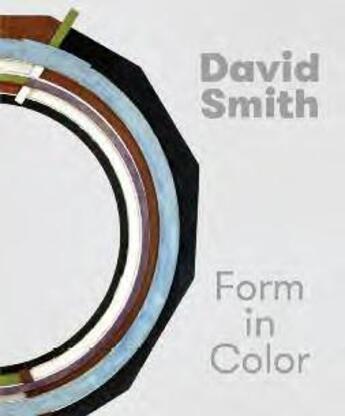-
Date de parution : 08/11/2016
-
Editeur :
Snoeck
-
EAN : 9783864421839
-
Série :
(-)
-
Support :
Papier
Résumé:
David Smith (1906-1965) is widely considered one of the foremost artists of the 20th century. For the artist, there was no conceptual boundary between sculpture, painting, and drawing. The resulting works derive much of their power from this radically open-ended approach.
Whereas the physical... Voir plus
David Smith (1906-1965) is widely considered one of the foremost artists of the 20th century. For the artist, there was no conceptual boundary between sculpture, painting, and drawing. The resulting works derive much of their power from this radically open-ended approach.
Whereas the physical qualities of Smith's welded-steel sculptures transmit a strong industrial presence, their surfaces carry gestural and tactile imprints, often of handapplied paint. The impact of his work results from his insistence that sculpture have the same visual impact as painting and drawing, and that drawing and painting have the same spatial weight as sculpture. Focusing on 21 works from the late 1950s until the artist's untimely and sudden death in 1965, »David Smith: Form in Color« charts the development of these stunning works with extensive illustrations and historic images culled from the archives of The Estate of David Smith. David Smith, born in 1906 in Decatur, Indiana, studied at the Art Students League in New York. In the early 1930s he began to focus on sculpture, creating welded constructions by using found objects and forged metal. Smith moved permanently to Bolton Landing, in upstate New York, in 1940, where he created a factory-like studio stocked with industrial tools and materials. From the late 1950s he filled the rolling hills that surrounded his studio with monumental works. He died in a car accident near Bennington, Vermont, in 1965. Smith paved the way for such artists as John Chamberlain, Mark di Suvero, Donald Judd, and Richard Serra by moving the site of sculpture's construction from the 19th-century confines of the artist's atelier and the fine-art foundry, into the expansive, industrial context of the 20th century.
Donner votre avis














